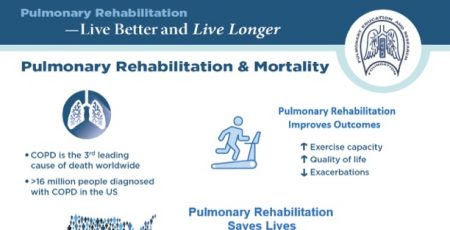14 Jun Know the Signs of Peripheral Arterial Disease
By Kathy Sietsema, MD
This information was obtained at a lecture delivered in 2002 to the California Society of Pulmonary Rehabilitation (CSPR) by Kathy Sietsema, MD, Professor of Medicine at Harbor-UCLA Medical Center.
Peripheral arterial disease, (PAD), is included under the more general heading of peripheral vascular disease, or PVD. Plaques in the arteries of the legs decrease blood flow as the arteries become narrowed or blocked. This is the same disease process that causes heart attacks or angina when it affects the coronary arteries of the heart. So, why are we telling you about this? PAD is a disease of smokers with early symptoms that are often missed or ignored by patients and physicians. Like COPD, PAD symptoms creep up slowly over the years. There are approximately 10 million Americans with this diagnosis and probably many more who are not aware that they have this problem. While only 1% to 3% of those younger than 70 are afflicted, it rises to 10% for those over 70 years of age, with over 20% found if specific testing is done. 25% of those over 75 have PAD, though many are not diagnosed. This is a common disease that can be very serious since it is also a systemic disease. That is, it may be an indicator of future chest pain, heart attack, stroke, hypertension or even erectile dysfunction. What should alert you to seek medical advice?
The first sign of PAD is intermittent claudication (IC). Claudication is characterized by pain or discomfort in the muscles of the legs brought on by exercise or walking, and relieved by 2 to 5 minutes of rest. In addition to the usual symptoms of cramping pain in the calves after walking a block or so, there may be numbness, coldness, weakness, aching, or a fatigued feeling in the buttocks, hips, thighs, calves or even the feet.
A lot of folks ignore their symptoms, thinking it is due to aging. Others don’t walk enough to know that they have a problem. Does limb pain always mean that you have PAD? Of course not. There can be other causes, such as a herniated disk, arthritis, sciatica or run of the mill excessive exercise that your doctor would have to rule out. The important thing is that you seek help when you first have symptoms rather than waiting until the pain becomes constant, and other complications of poor leg circulation occur.
The diagnosis is easy, inexpensive and usually place in a specialized vascular laboratory.
There are a number of risk factors that you can modify to help control your PAD as well as other atherosclerotic conditions. Number one is to STOP SMOKING! Smoking is absolutely the biggest risk factor! Elevated blood pressure, diabetes and high cholesterol all can be kept at a safe level with various methods including diet and medication. And speaking of diet, weight control to prevent obesity is also very important. Last, but certainly not the least of the risk factors, is a lack of exercise.
We now know that exercise is of great help for PAD! Because of the pain involved, it is almost impossible for an individual to get enough exercise in an unsupervised program. But several studies have shown that a supervised exercise program lasting at least 6 months can have a profound impact. Medications are also available to treat PAD and surgery to clear out or bypass blocked arteries is sometimes an option.





R3 Stem Cell
Posted at 00:20h, 27 JulyThank you for this post clarifying on symptoms of the disease, and this is the most important information as individuals will be able to seek the treatment before it is too late.
PERF
Posted at 09:08h, 11 AugustThanks so much for your approval of this blog. It is appreciated.
Mary Burns, RN, BS
R3 Stem Cell
Posted at 00:18h, 26 OctoberEarly treatment can save individuals from pain and suffering but individuals must be aware of symptoms of the disease so they can go for the right treatment.
Pedes Orange County
Posted at 21:52h, 16 NovemberAmazing piece of information on Peripheral Arterial Disease. It is very helpful post for everyone. Appreciate your efforts and keep posting such great work.